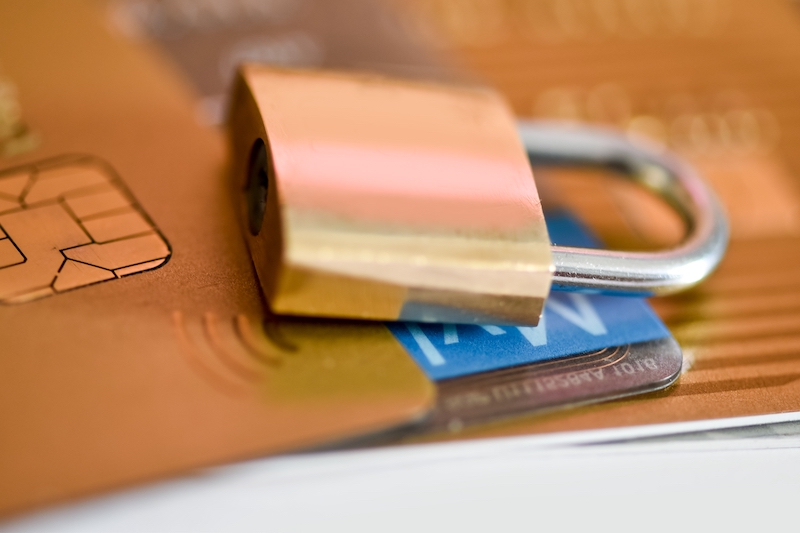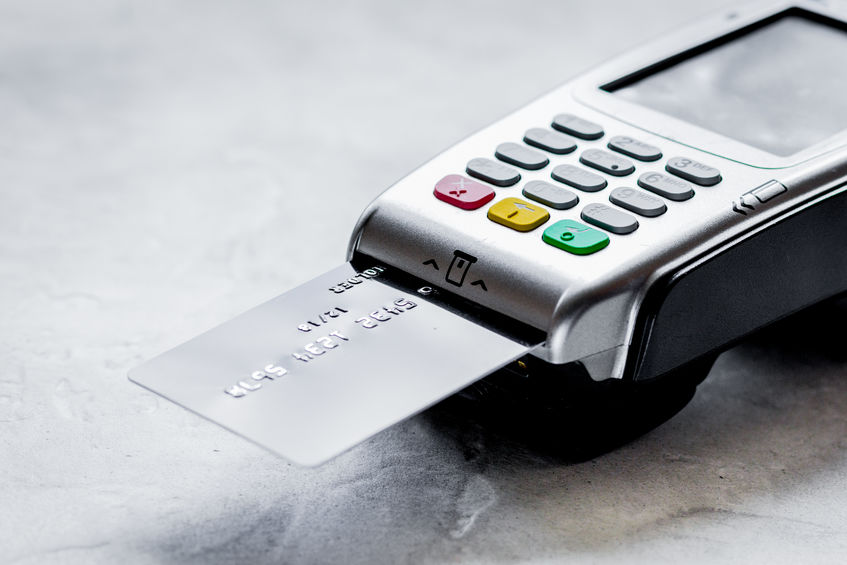Part One: Is an Ounce of Chargeback Prevention Worth A Pound of Cure?
A seller receives an order and delivers on their end of the bargain flawlessly, only to later find that the money they earned has been clawed back due to a chargeback. This is an all too common scenario, especially in commerce online where purchases are made without any physical, real-world interaction between customer and merchant. It’s also a scenario that can be incredibly costly for merchants in more ways than just lost revenues. Large retailers can afford to dedicate staff to dispute resolutions, but for smaller merchants, chargebacks are often poorly understood, let alone effectively handled. But, with a little bit of knowledge and some careful planning, merchants both large and small can significantly reduce their need to handle them at all by taking the necessary steps to ensure they don’t happen in the first place. In this two-part series, we’ll examine the most effective ways merchants can do just that, using both the fraud prevention tools available to them and some customer service best practices.
Why Preventing Chargebacks is Far Better Than Fighting Them
Once a chargeback request has been filed, there are a lot of things that can go wrong for a merchant. First and foremost, it could be missed altogether. This happens a lot. A merchant not carefully monitoring disputes could easily fail to notice a chargeback request, and if a response isn’t filed within the timeframes set out by the card companies, it’s an automatic loss, and that revenue is gone with the wind. Second, even if a response is filed, it could easily be filed incorrectly, or the evidence submitted by the merchant could be deemed insufficient by the card companies – another big “L” and more revenue that the merchant can kiss goodbye, regardless of whether or not they actually held up their end of the transaction.
The reality is, once a chargeback has been initiated, even a near-perfect defense isn’t a total guarantee against the card companies siding with the buyer. The possibility of losing the battle is very real, and in addition to the financial losses, there are myriad other potential consequences that chargebacks can bring, including monitoring and fines from the card companies if too many of them pile up. For that reason, the best defense against chargebacks is to stop them from happening altogether. Preempting chargebacks before they’re filed is the only surefire way to ensure avoidance of financial losses and the ire of the card companies, so every merchant should treat chargeback prevention as a top priority.
Eliminating Chargebacks by Preempting Fraud
The first area of focus merchants can target for chargeback prevention is fraud. While many chargebacks get filed for completely valid reasons, unfortunately, chargeback fraud is a very real problem in the industry, and abuses of card-not-present transactions cost merchants in the U.S. almost six billion dollars annually. And it isn’t just lost revenues either – one study found that for every one dollar in chargeback fraud, the actual cost to the merchant was $2.40 thanks to the loss of inventory, administrative costs, and penalties.
The key to preempting fraudulent transactions and avoiding those enormous costs is to use the tools available to merchants to identify and stop fraud dead in its tracks. The card companies are just as invested in fighting fraud as merchants are, and they offer services to help businesses fight the good fight. There are also third-party providers whose sole mission is to do the same. The following represent just a few of the top tools that merchants can put to use to help keep fraud-based chargebacks at bay and their bottom lines as healthy as possible.
3D Secure
3D Secure is an XML-based tool designed to add an additional layer of security to credit card (and some debit card) transactions performed online. Verified by Visa and Mastercard SecureCode are two examples of 3D Secure, with each major company providing its own version. 3D Secure enabled web checkouts, prompt shoppers, for an additional password before the transaction can be processed. Those passwords can be preset and used on an ongoing basis, or with the newest 3D Secure systems, one-time passwords can be sent via SMS to the registered mobile device of the user. In either case, fraudsters in possession of a stolen card or stolen details won’t know the 3D Secure password and will be unable to process transactions. That makes 3D Secure a valuable tool for merchants.
Card Security Codes
Card security codes are three or four-digit numbers found on credit cards, known as Card Verification Value 2 (CVV2) for Visas and Card Validation Code 2 (CVC2) for Mastercards. These numbers can’t be stored by online merchants or payment processors, and as such, any credit card number fraudulently obtained via a data breach will not include them. That makes them a useful tool for ensuring that the credit card being used for a transaction is actually in the physical possession of the person making the purchase. Enabling CVV2 or CVC2 validation for online purchases and other card-not-valid transactions is an easy way to prevent fraud, as this option is built into almost all modern payment gateways. As such, there really isn’t any reason not to use this type of verification.
Risk Scoring
Risk scoring is a service provided by third-party providers, like Signifyd, that analyzes each and every transaction a merchant processes and gives it a score that determines whether or not the transaction is valid or should be automatically blocked. These systems take into account a number of factors like IP address, address authentication, geolocation, device information, and more. Those transaction factors are then compared to a massive database of thousands of sellers and millions of transactions to determine if there are any red flags matching known fraudulent circumstances. These services not only help prevent fraud, but many also guarantee the value of any transactions that their systems allow, ensuring that if fraud does slip through, the merchant will not be liable for the costs.
Eliminating Valid Chargebacks Through Customer Service
The technological solutions outlined here are designed to catch and prevent fraud and represent effectively, and relatively easy ways to minimize chargebacks. But not all chargebacks are based on fraudulent behavior, so just stopping fraud won’t stop disputes altogether. The other side of the coin is legitimate chargebacks – or at least chargebacks that the customer believes to be legitimate, and the only surefire way to stop those is great customer service.
In part two of this article, we’ll examine the most effective ways merchants can handle the customer-related aspects of chargeback reduction, but until then, contact us to find out more about the fraud prevention and chargeback management options that we provide to each and every one of our merchants, including 3D Secure, full Signifyd integration, and access to the Cardholder Dispute Resolution Network through Verifi.
Continues on Part 2…




